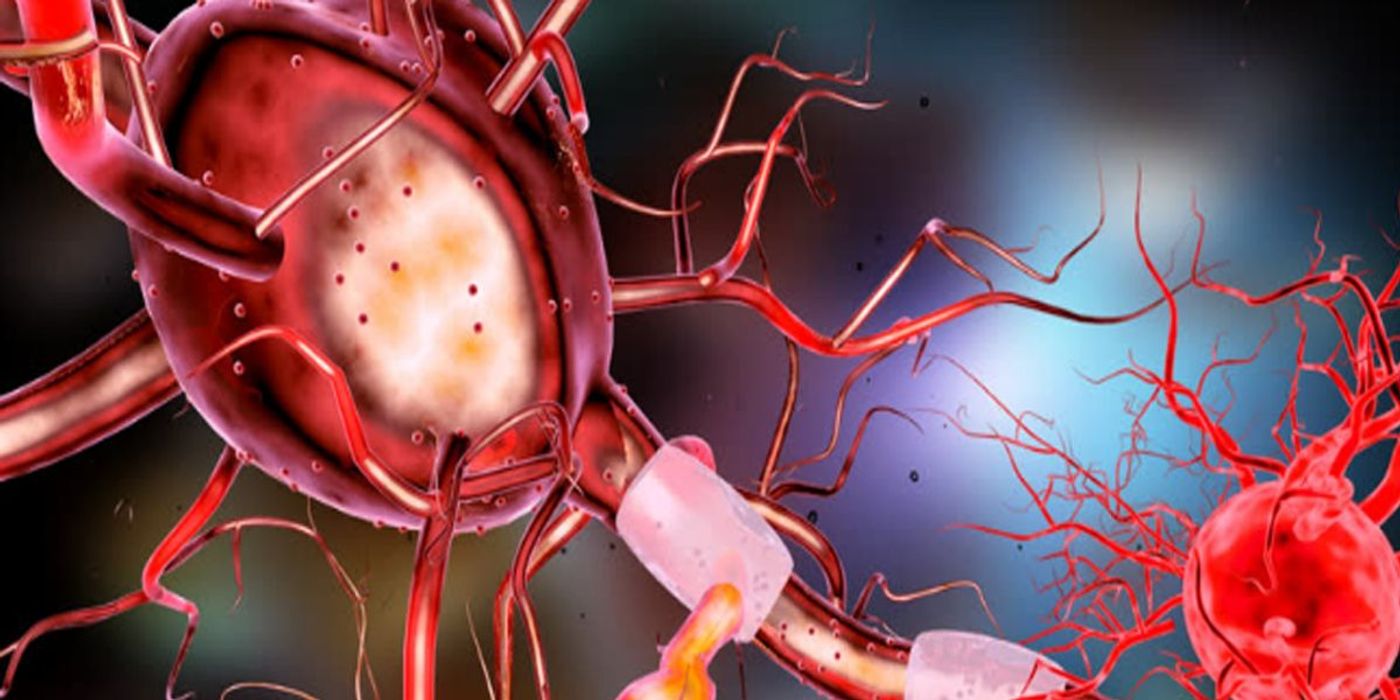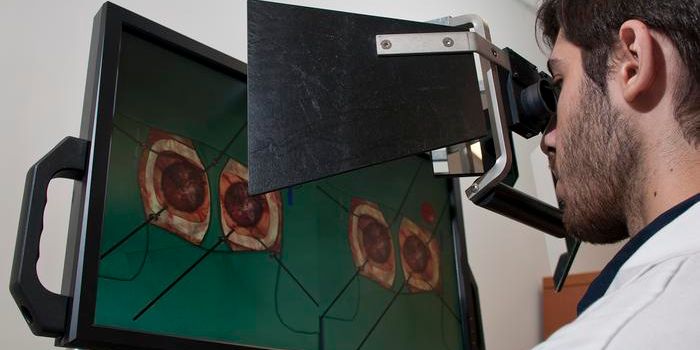Researchers Use Live Human Neurons to Map How the Brain Works
In a new study, researchers have identified previously unknown attributes of human neurons after being given rare access to live human cortical tissue. This research is one of the largest studies on the diversity of human cortical pyramidal cells until now.
Pyramidal cells can broadly be thought of as the neurons responsible for ‘thinking’. They make up 75%-80% of cortical neurons and are excitatory. This means they promote the generation of an action potential, or electrical signal, to a receiving neuron, rather than inhibiting it. Due to the rarity of obtaining live human brain tissue, little is known about the shapes and electrical properties of living adult human neurons.
As such, in this study, researchers wanted to investigate how these cells work more in a human context- in particular, how they differ between the upper and bottom layers of the neocortex.
"In particular, we wanted to understand how electrical features of these neurons might support different aspects of cross-layer communication and the generation of brain rhythms, which are known to be disrupted in brain diseases like epilepsy," says Dr Shreejoy Tripathy, co-senior author of the study.
For the research, the team analyzed brain tissue immediately after removal from patients with epilepsy during routine surgery. To keep it alive after removal from the patients, it was transferred to a modified cerebrospinal fluid in the operating room, where it was then taken directly to the lab.
Once it reached the lab, the researchers used various techniques to characterize the properties of individual cells within slices of the tissue. They then compared their findings to those from other centres conducting similar work on human brain tissue samples.
In the end, they were able to characterize over 200 neurons from 61 patients. Among these neurons, they identified unique electrophysiological features at different layers of the neocortex. They also identified features of deeper layer neurons which enabled them to communicate between layers and generation of functionally important brain rhythms.
"This unique data set will allow us to build computational models of the distinctly human brain, which will be invaluable for the study of distinctly human neuropathologies," says Dr. Scott Rich, co-author of the study.
"For instance, the cellular properties driving many of the unique features identified in these neurons are known to be altered in certain types of epilepsy. By implementing these features in computational models, we can study how these alterations affect dynamics at the various spatial scales of the human brain related to epilepsy, and facilitate the translation of these 'basic science' findings back to the clinic and potentially into motivations for new avenues in epilepsy research."
Sources: Medical Xpress, Nature









